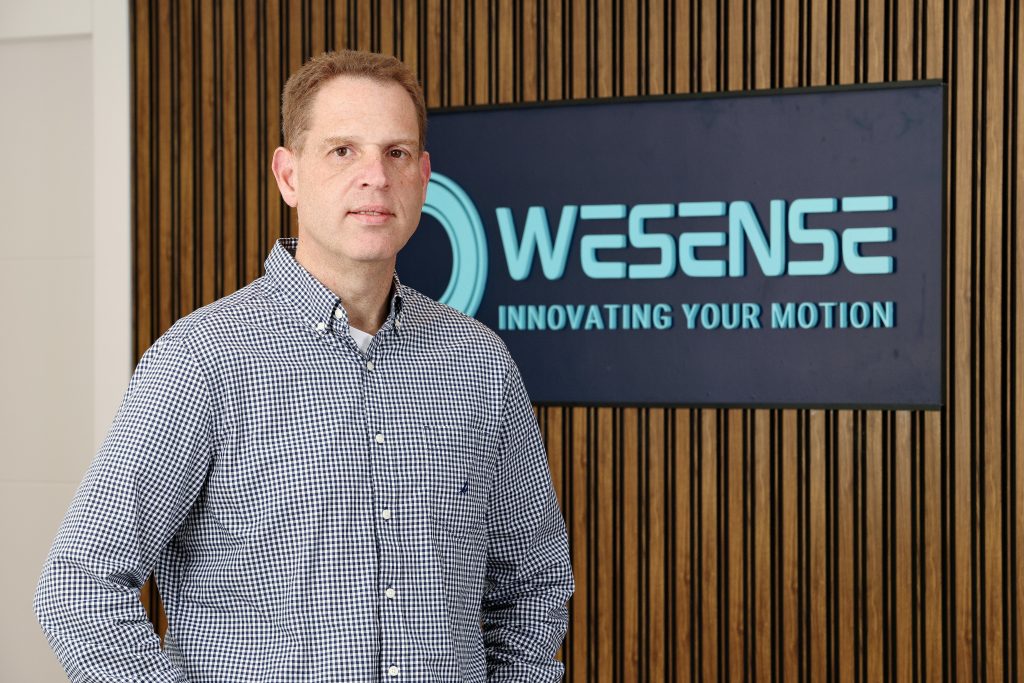
What drew you to the field of motion control components?
About twenty years ago, Renishaw, a British company, approached me to open its Israeli branch. Until then, they worked through local distributors who focused on quick, same-day sales. These distributors paid little attention to long-term development projects.
But Israel had many such projects, and Renishaw wanted to grow in that area. I accepted the offer, founded the Israeli branch, hired staff, opened offices, and built a successful operation.
I found the field fascinating — both from the technology side and the range of customer applications. Each project was different. Every system had its own challenges. That variety made the work truly engaging.
After the branch was thriving, I decided to move on and work independently. For almost fifteen years now, I’ve run a company that not only distributes motion components — encoders, motors, drivers — but also initiates custom development. We work with advanced technologies to meet our customers’ exact needs.
Can you share a success story where Wesense Motion made a significant impact?
We’ve had many success stories — though we often can’t share names due to confidentiality. One case stands out.
A customer came to us needing a replacement part for a system already in serial production. The original supplier had stopped making it. The system used two different encoders that worked together.
We studied the system’s specs, environment, and mechanical limitations. Then, with one of our suppliers, we developed a custom encoder. It replaced both original units, fit the same space, and offered better performance — all at a lower cost.
The solution passed testing and went into full production. The customer got a reliable part, saved money, and reduced both volume and weight — which were critical for their system.
Which industries are growing fastest or leading innovation today?
Unfortunately, some sectors have collapsed — especially after COVID-19 and the war that started on October 7. These include digital printing, semiconductor manufacturing systems, and flat panel displays.
But other sectors are growing fast. Robotics (especially medical), defense, and aerospace are booming in Israel.
These industries demand real innovation — smaller components, better performance, and lower costs. Wesense has worked in these sectors for over a decade. We deliver breakthrough products that help our customers push the limits of technology.
What do you look for when choosing global suppliers?
We see our suppliers as true partners.
Unlike some distributors, we work with a small, focused group. This lets us grow our business with each one and create real value. Some companies collect many suppliers but never build real momentum.
We choose suppliers based on their technological capabilities, not just their current catalog. This allows us to co-develop products tailored to customer needs.
Often, there’s no ready-made product that fits. In those cases, either the customer must change their design — or the supplier must create something new.
We partner with suppliers willing to take on these development challenges, even for small volumes.
All our partners meet relevant certifications, know our markets, and are efficient in both R&D and production. Importantly, they also remain open to working with Israeli companies — which can’t be taken for granted today.
What emerging trends do you see in robotics and automation?
Technical demands have changed a lot.
Robotic joints now need smaller, more precise, and more affordable components. Systems that operate in tough environments — shocks, temperature swings, vibrations, even marine conditions — must stay compact and reliable.
Military customers often adapt commercial products for defense use. This helps control costs and ensures faster delivery.
We also see a shift from incremental to absolute encoders. Today, we offer dual encoders — a single unit that provides both incremental and absolute signals. This supports the growing complexity of modern control systems.

